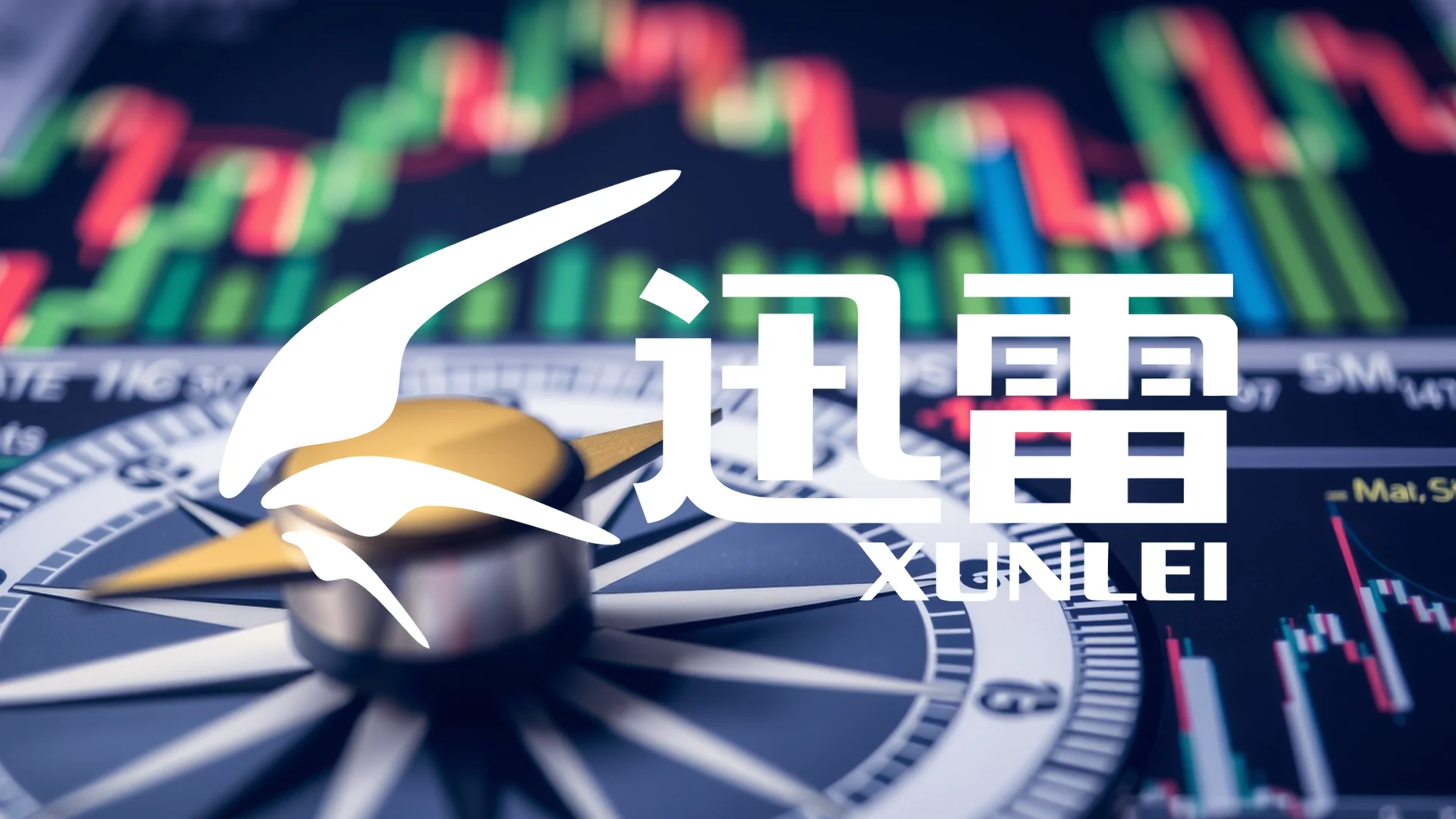The technology sector is confronting sobering questions about the economics of artificial intelligence as Oracle’s aggressive push into AI infrastructure reveals significant financial strain. What began as a strategic bet on the AI revolution is now testing the company’s financial resilience amid rising costs and investor skepticism.
Mounting Debt Concerns
Oracle finds itself navigating challenging financial waters as it prepares to secure $38 billion in new debt to fund its expansive AI infrastructure commitments, particularly for OpenAI. This substantial borrowing comes at a time when market analysts express concern about the company’s cash generation capabilities compared to industry peers.
Barclays analyst Andrew Keches has raised red flags, noting limited potential for credit quality improvement and even suggesting investors consider credit default swaps as protection. Market sentiment reflects these worries, with credit default swaps reaching their highest levels in two years.
Profitability Pressures Intensify
The fundamental challenge lies in the stark contrast between Oracle’s traditional software operations and its new AI-focused ventures. While the company’s established software business maintains impressive margins around 80 percent, the economics of GPU rental services present substantially lower profitability.
Capital expenditure projections tell a concerning story, with forecasts jumping from $21.2 billion in fiscal 2025 to an anticipated $35 billion in 2026. This dramatic increase comes as the company races to build out AI infrastructure capacity.
Should investors sell immediately? Or is it worth buying Oracle?
Sector-Wide Implications
Oracle’s financial challenges have triggered broader market repercussions, sending shockwaves through the technology sector. The domino effect has pulled down shares of Nvidia and Broadcom, contributing to the Nasdaq’s worst trading session since October.
“The initial AI euphoria is fading as practical questions about profitability emerge,” observed KeyBanc analyst Jackson Ader, highlighting fundamental concerns about the return on massive infrastructure investments across the industry.
Monetary Policy Complications
Compounding Oracle’s difficulties, shifting expectations around Federal Reserve policy have created additional headwinds. Where markets previously anticipated a December rate cut with near certainty, current projections place the probability at just 50 percent.
Higher interest rates would significantly increase borrowing costs for Oracle’s planned $38 billion debt issuance, adding further pressure to an already strained financial position.
The company’s shares now trade at €187, representing a substantial 33 percent decline from September peaks. As Oracle’s AI dream confronts financial reality, investors are left questioning not whether the AI boom will prove expensive, but precisely how costly this strategic direction will become for the technology giant.
Ad
Oracle Stock: Buy or Sell?! New Oracle Analysis from November 14 delivers the answer:
The latest Oracle figures speak for themselves: Urgent action needed for Oracle investors. Is it worth buying or should you sell? Find out what to do now in the current free analysis from November 14.
Oracle: Buy or sell? Read more here...











